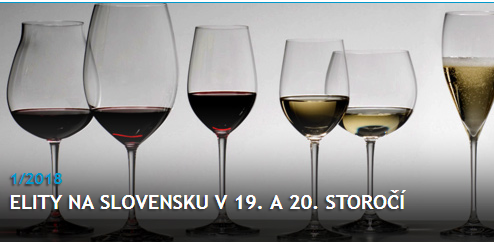Personálna kontinuita politickej elity v Košiciach po Viedenskej arbitráži
Personnel Continuity of the Political Elite in Košice Following the Vienna Arbitration
Author(s): Veronika Szeghy-GayerSubject(s): Public Administration, Local History / Microhistory, Political history, Interwar Period (1920 - 1939), WW II and following years (1940 - 1949)
Published by: SAV - Slovenská akadémia vied - Historický ústav SAV
Keywords: Košice; political elites; Vienna Arbitration; Municipal Committee;
Summary/Abstract: The Vienna Arbitration and coup d´état in 1938 resulted in changes in the make-up of the local political elite in towns ceded to Hungary. This study aims to answer the following questions that have scarcely been discussed so far: - What role was played by the local Hungarian elite who were active in the minority policies during the existence of Czechoslovakia after the political changes of 1938? - Who was granted a membership in the Municipal Committee of Košice and on what grounds? - What was the diplomatic history of the new political elite of the municipality? The author convincingly points to a significant personnel continuity between the political elite of Košice before and after 1938. Municipal management included public figures from Košice who had participated in local policy making for decades, even after the Vienna Arbitration. She thus revises a myth present in contemporary public discussion and historiography of a strong position of so called "anya" members in the arbitration territory. These were the clerks and civil servants who had arrived in Košice from Hungary in order to work in the state administration. After the first Vienna Arbitration, the Municipal Committee of Košice, was comprised of the people who had studied at the time of dualism. The majority of them had begun their political careers in the opposition during the time of the Czechoslovak Republic. A considerable part of the educated members had had at least ten years of experience in local politics and were also known to the Hungarian government due to their positions or memberships in Hungarian political parties. From 1938 to 1945, the Municipal Committee was re-arranged to include exclusively Hungarians which did not reflect the diversity of political life during the inter-war period. Outside of the committee, there remained local representatives of left-wing movements with a quite large electoral support and Slovak positions were taken by politicians loyal to the Hungarian state.
Journal: Forum Historiae. Časopis a portál pre históriu a príbuzné spoločenské vedy
- Issue Year: 12/2018
- Issue No: 1
- Page Range: 129-140
- Page Count: 12
- Language: Slovak

